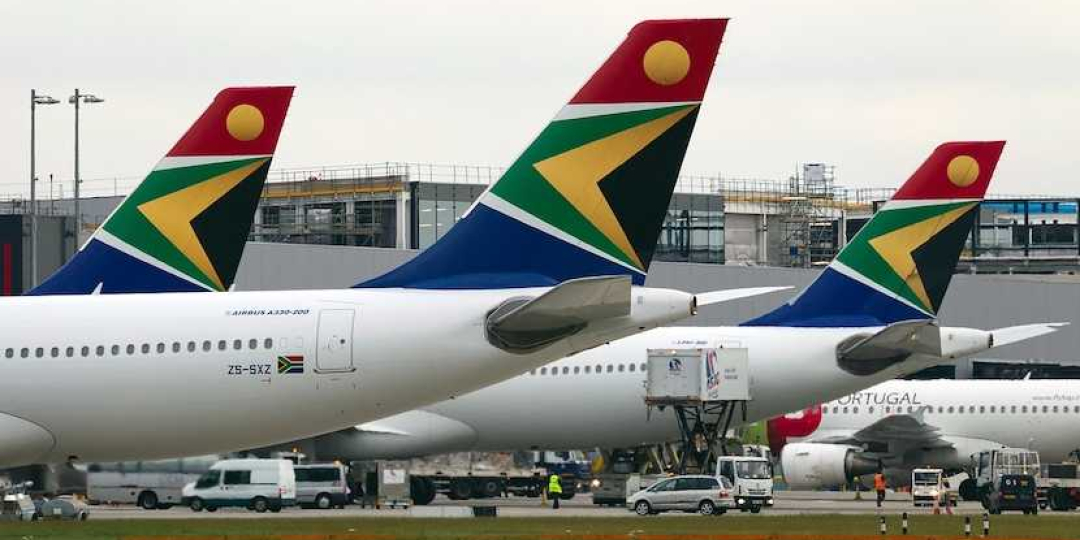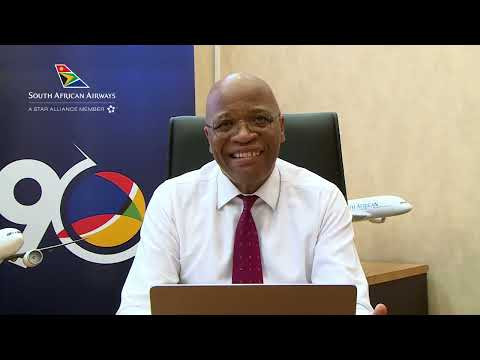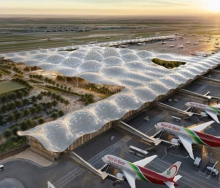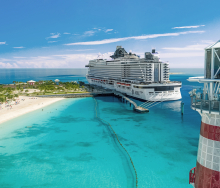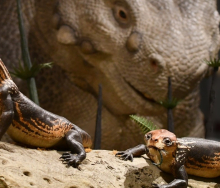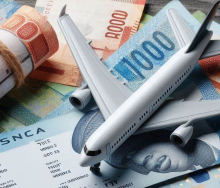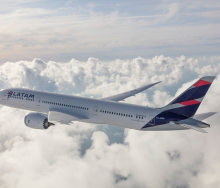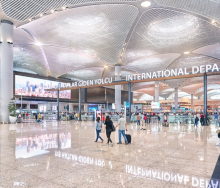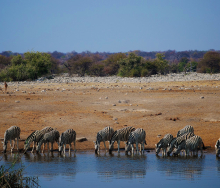Professor John Lamola, Interim CEO of SAA, has provided an update to the airline’s stakeholders following the termination of the Takatso Aviation deal.
“As the dust settles around the news that SAA will no longer be brought under the control of Takatso Aviation, it is with a sense of relief of the certainty that we now enjoy that I update you on the future of South Africa’s flag carrier,” said Lamola.
Highlighting several opportunities for the airline, he revealed that SAA has repositioned itself and will be prudent in its efforts to drive sustainable growth.
“After ceasing operations in 2020, we returned to the skies in September 2021 with just seven routes and six aircraft. We have now doubled our routes to 14 and are flying 13 aircraft. In the coming weeks we will be taking delivery of additional four Airbus A320s,” he explained.
With various members of the travel trade recently expressing their concerns that the airline’s much-anticipated Perth route might not go ahead, Lamola said: “In April, we will begin our second intercontinental route to Perth.”
Funding future growth
Lamola confirmed that the cancellation of the Takatso Aviation deal meant that the airline could now set its sights on exploring alternative options to finance its growth independent of South Africa’s national fiscus.
“SAA has unencumbered assets that we are ready to convert into cash. And our recovery has significantly repaired our credit rating with financial institutions, which have closely followed our journey back to stability. This new economic profile of SAA has unlocked funding opportunities that were not available to us three years ago,” said Lamola.
Reassuring stakeholders
Lamola is upbeat about the future of SAA.
“SAA really is here to stay,” he said, underscoring that the carrier is still a member of Iata, the African Association of Airlines, and the global Star Alliance network.
“We remain committed to uphold SAA’s 90-year legacy of resilience, reliable operations and excellence in the sky, and we are charting a path to ensure that we are around for at least 90 more years,” concluded Lamola.

